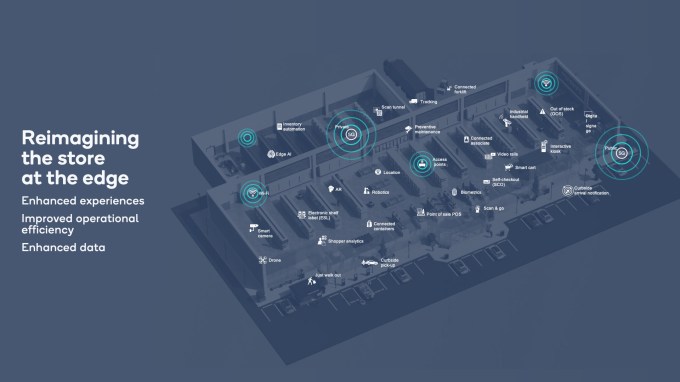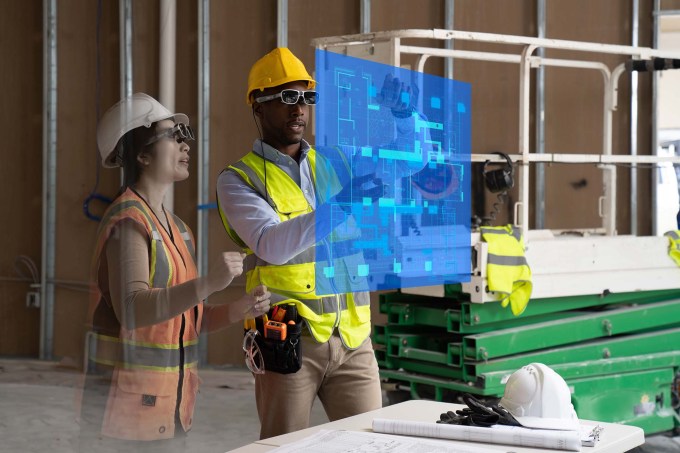The ‘Internet of Things’ was first coined to help people understand the concept of digital appliances that could communicate with an app or central hub. If you’ve been to CES at any point in the last decade, you could see many examples on the show floor, such as connected weight scales or a connected fridge. But these early examples of ‘connected’ tech felt more gimmicky than useful, and were largely contained to the consumer electronics industry. With the onset of 5G and AI technologies giving us the possibility to intelligently connect everything 100% of the time, the scale, utility and promise of connected things are evolving to be transformational, ushering in what some are calling a ‘true digital revolution.’
On the dawn of a new year, we are witnessing an acceleration of this digital revolution, one that is touching every person, industry, and corner of the globe. Two powerful trends are driving this acceleration: First, Covid-19, a pandemic that forced people and businesses to be more connected digitally than ever before; and second the global roll out of 5G, a network technology that supports the ability to connect more and more reliably. The expansion of the cloud is a testament to the growing digitization of the world. Another indicator, and one that is attached to the expansion of the cloud, is the sheer number of ‘things’, currently estimated at 12.3 billion, that are connected to the cloud.
As we look ahead, and with the continued use of 5G and AI technologies, industry analyst firm IDC estimates that by 2025, 64% of all data will be created outside of traditional datacenters — so increasingly these ‘things’ will not just be connected, but they will also be increasingly intelligent. This means that more intelligent processing will be done on the ‘things’ themselves. Cristiano Amon, CEO of Qualcomm, has referred to this opportunity, which is adjacent to the cloud opportunity, as the ‘Connected Intelligent Edge’ – “a world of billions of intelligently connected devices that leverage core smartphone technologies.” It is these devices, whether it be a car, a sensor on a factory floor or at a retail store, or a caregiver robot, that are poised to serve as the building blocks for the digital transformation of all industries.

Image Credits: Qualcomm (opens in a new window)
It is not surprising that Qualcomm is talking about it. At its recent Investor Day presentation, Amon shared how the company is uniquely positioned to drive the Connected Intelligent Edge: “We are working to enable a world where everyone and everything is intelligently connected. Our mobile heritage and DNA puts us in an incredible position to provide high-performance, low-power computing, on-device intelligence, all wireless technologies, and leadership across not only AI processing and connectivity but camera, graphics, and sensors. These technologies will scale to support every single device at the edge, from earbuds all the way to connected intelligent vehicles.” For Qualcomm, Amon sees this as an opportunity to engage a $700 billion addressable market in the next decade.
Amon is not alone. Satya Nadella, Chairman and CEO of Microsoft, spoke via video address about the importance of Microsoft’s partnership with Qualcomm to enable the Connected Intelligent Edge. “Qualcomm is a leader at the Intelligent Edge, driving advances in efficient computing, wireless connectivity and on-device AI. And your vision for a future of technology where everyone and everything is intelligently connected is aligned with our own,” Nadella said.

Construction workers in remote locations discuss an architecture plan using AR glasses in a VR environment.
Qualcomm has been positioning itself for this next frontier for many years, and as Amon has stated, “The time for Qualcomm is now.” Building on more than 35 years of wireless technology leadership, the company is currently focused on taking its one mobile technology roadmap into four growth opportunities that are undergoing digital transformation: auto, consumer technology, edge networking, and industrial IoT. These efforts seem to be paying off. The company is currently working with 25 of the 26 leading automakers to transform the auto industry, powering category-leading consumer devices, driving the convergence of mobile and PCs with Windows 11, creating the next computing platform with XR, and working on edge networking with more than 30 global OEMs to architect the modern network , just to name a few. Amon left this closing message with his audience at Investor Day: “If you believe in the growth of the cloud, then you believe in the Qualcomm growth plan because for the cloud to generate all this data, billions of devices need to be connected, to be intelligent, to have contextual information.”
It might take some time for this new term, ‘the connected intelligent edge,’ to become part of our everyday vernacular, but we’re already embracing the devices that make it up.